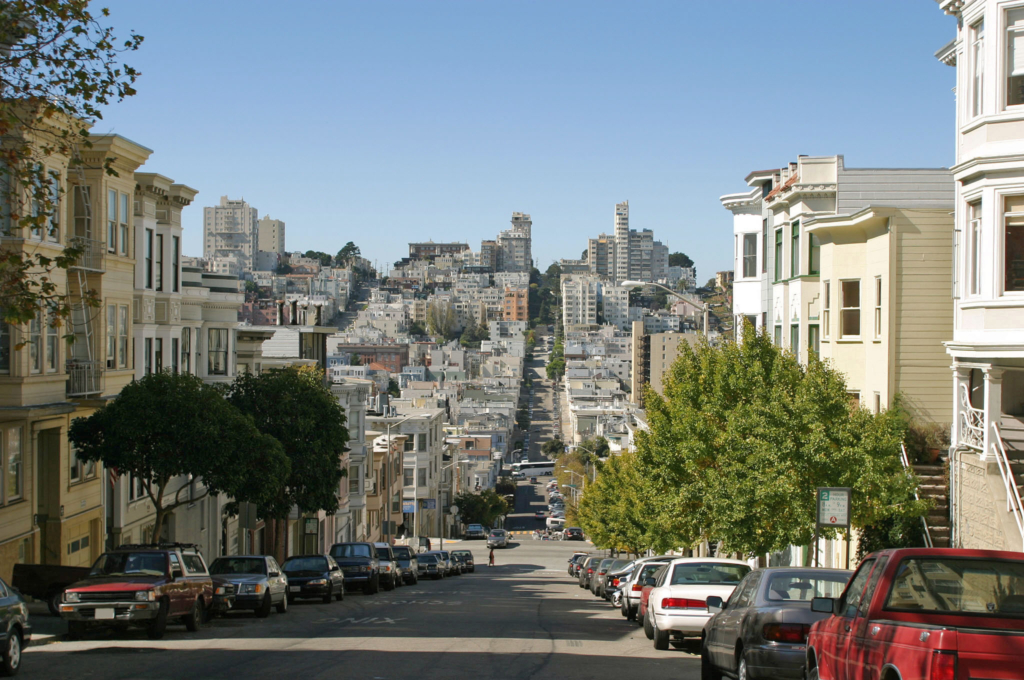Homeownership Costs, Drop in Home Value Hit Black Households Hardest
Minority households are more likely to be cost-burdened, spending more than 30% of their income on mortgage, property taxes, and insurance.

Minority households are more likely to be cost-burdened, spending more than 30% of their income on mortgage, property taxes, and insurance.

A new Zillow analysis of 2023 data (the most recent data available) finds that minority homeowners are more likely to be cost-burdened nationwide.
The cost burden has worsened for Black households over a five-year period, while it has improved or held steady for other groups. Nationwide in 2018, only 17% of Black households were cost-burdened, compared with 19% of Asian households, 18% of Hispanic households, and 12% of white households.
Black households face some of the heaviest burdens in three expensive California markets, shouldering disproportionately high housing costs among homeowners.
Today, fewer than half of Black households own their homes. The rapid rise of home values during the pandemic, coupled with the doubling of mortgage rates, may prevent more Black people from buying homes. Moreover, 54% of Black renters are cost-burdened — the highest share of any racial group — which makes it more difficult to save for a down payment.
Black households also face roadblocks securing a loan: 25% of Black applicants were denied a loan in 2023, compared to 11% of white applicants. The top reasons for denials among Black applicants were credit history and debt-to-income ratio.
For people who successfully buy a home, the financial headwinds don’t stop. Since 2019, the cost of homeowners’ insurance has grown at twice the rate of incomes, with rates growing fastest in areas with the highest risk of natural disasters. In Miami — where 30% of Black homeowners and 23% of Hispanic homeowners are cost-burdened — the cost of insurance has grown by 57% since 2019.
Across the country, minority homeowners face disproportionate exposure to natural disasters based on where they live. Beyond higher insurance premiums, natural disaster risk can impose additional costs, including investments for repairs that help reduce potential home damage.
Recent research from the Joint Center for Housing Studies at Harvard University also found that improvement and repair costs disproportionately strain Black, multiracial, and Hispanic homeowners, reflecting disparities in incomes, savings, and home equity, among other things. In 2023, Black households spent an average of 8.3% of income, Hispanic households spent 7.8%, Asian households spent 6.1%, and white households spent 7.4%. The JCHS report highlights that these higher burdens force homeowners to prioritize the critical projects like replacements and disaster repair.
In addition to facing greater cost burdens when it comes to home ownership, Black homeowners experience greater disparities in home value.
Over the past year, home value growth has remained flat nationally. But Black homeowners have seen their home values drop an average of 0.7%, and Hispanic homeowners saw their home values decline by 0.2%. Home values of Asian households and white households essentially held steady, witnessing a rise of 0.1%.
Looking back over a longer time horizon, home values have risen significantly since the beginning of the pandemic. Still, home value for minority households continues to lag white households.
Progress made from 2020 to 2022 to close the home value gap is being retraced. Compared with white-owned homes, typical Black-owned homes were valued 15.7% lower in February 2020. That gap narrowed to 13.9% lower in June 2022, but has widened back to 15.1% lower as of August 2025. For Hispanic-owned homes, the gap narrowed from 9.4% lower in February 2020 to 9% at its July 2024 low. It then ticked wider to 9.2% in August 2025.
The geography of this retracement reflects where pandemic demand has cooled the most. For Black homeowners, the largest declines are concentrated in the Midwest and the South, where home values have slipped faster than the national average. Housing affordability strains and slower job growth have weighed heavily here as well. For Hispanic homeowners, the main driver has been the relative softening of home values in parts of the South and Southwest — a sharp reversal from the skyrocketing appreciation seen in those areas during the early years of the pandemic.
Among the 50 largest metro areas, Detroit, St. Louis, and Cleveland show the largest gaps between Black- and white-owned home values, while Riverside, Portland, and Las Vegas post the smallest gaps. For Hispanic homeowners, the largest gaps relative to white homeowners are in Los Angeles, San Jose, and Memphis; the smallest are in Cincinnati, Pittsburgh, and Portland.
Despite the challenges, homeownership is still the primary pathway to wealth for most U.S. households — and it plays an outsized role in the overall racial wealth gap. Zillow’s earlier research estimated that about 38% of the median Black–white wealth gap is tied directly to differences in homeownership and home values. For the Hispanic-white wealth gap, that figure is 24.6%.
The bottom line: Racial disparities in housing have the potential to become more pronounced in a changing economy. Today, Black homeowners are experiencing the brunt of burdens linked to the rising costs of homeownership, higher natural disaster risk, the decline in home values, and the racial wealth gap.